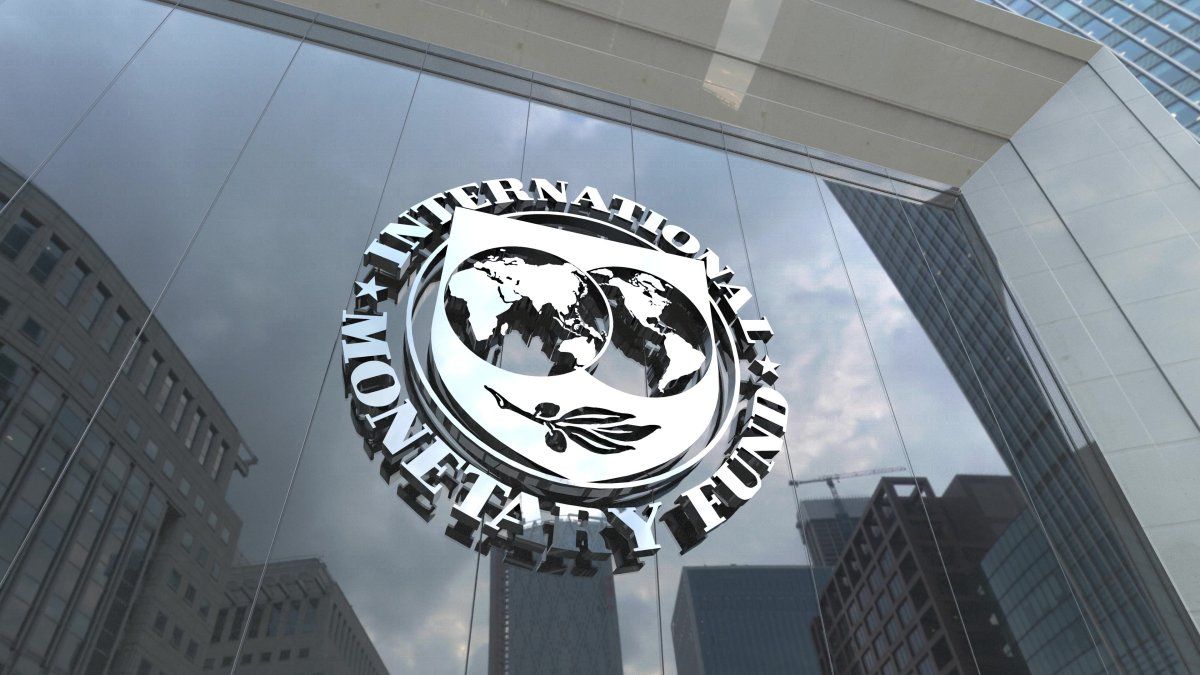According to the latest fiscal report monitor of the agency, World public debt will grow 2.8 percentage points to 95.1% of the world GDP in 2025 and it is likely that the upward trend will continue to reach 99.6% of the World GDP in 2030.
World public debt It reached its maximum point in 2020, with 98.9% of GDP, because governments contracted large loans to alleviate the effects of COVID-19 and the contraction of production. The debt fell 10 percentage points in two years. But he rose again and, according to the latest forecasts, he is accelerating.
“The important tariff announcements of the United States, the countermeasures of other countries and the exceptionally high levels of political uncertainty contribute to worsen perspectives and to increase the risks,” says the IMF in its report.
IMP DOLAR.JPG
According to an IMF report, public debt is increasing again
Image created with artificial intelligence
He added that this leaves governments with more difficult compensation, since its budgets are forced by the highest needs of defense spending, The demands of more social support and the growing costs of the debt service, which could increase with more inflationary pressures.
According to the report, The annual fiscal deficits of governments are expected to reach an average of 5.1% of GDP in 2025, compared to 5.0% in 2024, 3.7% in 2022 and 9.5% in 2020.
Budget prospects are based on the “reference forecast” of the IMF of a world GDP growth of 2.8% this year in its last world economy perspectives report, which includes the evolution of tariffs until April 4. The economic perspectives, as well as the prosecutors, would worsen if more pronounced tariffs of President Donald Trump and retaliation measures come into force.
Debt levels could exceed 117% in 2027 – the level provided for in a severely adverse scenario – “if income and economic production decrease more significantly than current forecasts due to the increase in tariffs and weakening the growth prospects.” The debt at that level would represent the greatest proportion of GDP since World War II, according to the IMF.
How global debt is concentrated
Much of the debt growth is concentrated in the largest economies, the Director of FMI tax matters, Vitor Gaspar, told Reuters. Around a third of the 191 IMF member countries now have a debt that grows at a faster rate than before the pandemic, but they represent about 80% of the world GDP, he added.
The growing pressures could cause an increase in social spending demands, especially in countries vulnerable to serious disturbances derived from commercial crises, which could raise the expense, according to the report.
To the difficulties the reduction of the aid to development by the United States and other richer countries is added, continuing the tendency of recent years, “which means that these countries will face even more hard compensation than the case would be,” said Gaspar.
The IMF foresees a slight improvement in the annual budget deficits of the United States in the next two years, up to 6.5% of GDP by 2025 and 5.5% by 2026, compared to 7.3% of 2024. This was due to a combination of higher tariff collections based on the announced measures, as well as the continuous growth of US production.
On the other hand, China’s tax deficits are expected to grow sharply in 2025, to 8.6% of GDP from 7.3% in 2024, to establish themselves at 8.5% in 2026. The expenditure on economic stimulus was summoned by the IMF as one of the reasons why China’s growth forecast for 2025 remained in 4%, competing in part, compensating in part. Tariff
Source: Ambito




